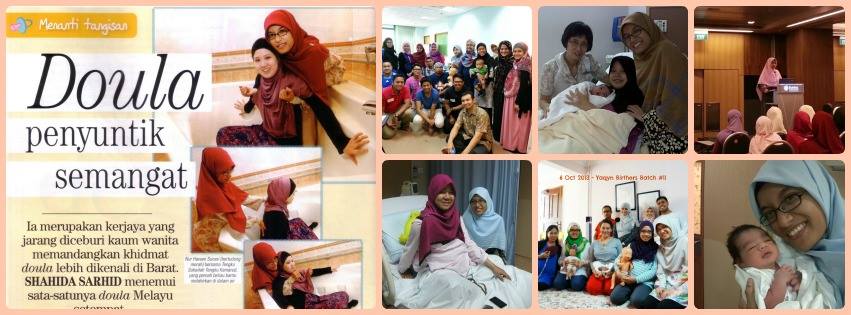“If I walk too much, will I give birth to a premature baby?”
“Am I having backaches and pelvic pain because I walked too much?”

Walking with the family is a great way to de-stress
Someone told me she was worried about giving birth prematurely if she walked too much. I asked if she has had issues in her pregnancy so far, and she said no. Then I said, in that case walking is good for you and baby, so please walk more!
These questions are valid concerns and I’m glad these mums-to-be asked me for clarification rather than prescribing themselves more bed rest. Bed rest means less physical activity and less physical activity means more potential problems during labour. So less time on the bed/sofa and more time on your feet is one tip to help ease your labour.
Why is walking good for you? Here are 5 reasons:
- More opportunities of being outdoors with fresh air and vitamin D from the sun. Walking produces endorphins, or good feelings from your happy hormones.
- Walking is one of the best cardiovascular exercises during pregnancy. It is gentle and does not require equipment other than a good pair of shoes (no heels please!). It keeps your heart pumping and lifts your mood at the same time.
- You make your muscles, especially the psoas and the piriformis, work and condition them for labour.
- Being upright (gravity) helps get baby deeper down into the birth canal.
- It’s free!
So do I have to worry about a premature birth?
Unless you have other underlying medical issues, there is nothing to worry about, InshaAllah! You see, many factors come into play before labour can start. Firstly, baby must be in a good position, and is low or close enough to the cervix. Secondly, baby himself must be ready, and their lungs will secrete a protein to signal onset of labour. Thirdly, the cervix must be effaced (soft and thin) and dilated (open) to allow baby to pass through the birth canal. Fourthly (but not lastly), mum herself has to be in a ready state of mind. So don’t worry about giving birth too soon before baby or mum is ready, walk lots to have a smoother labour when it eventually starts at its own time.
But I feel that walking too much will cause me to have backaches…how?
Walking won’t cause you to have backaches, in fact mobility actually helps to alleviate aches and pains. If you’re feeling like walking causes you to have more pain, check:
- if footwear is causing the problem (please invest in good footwear!)
- if posture is good (chest out, belly out, shoulders not hunching and tuck your tailbone in)
- are you drinking enough? Dehydration could be a major cause for muscle aches
- do you have symphysis pubis dysfunction (SPD)? (If yes, then there are strategies to help give relief)
Many degrees of walking
Of course, what kind of walking is best? Window shopping constitutes walking too, but is that helpful for labour? (Ans: Yes, but not much). The most helpful kinds of walks are those that encourage the pelvis to really move and open. Power walking is one example. Walking uphill or on a terrain is also good. And how much walking should be done? Ideally you should walk as much as you sit. So if you spend 8 hours sitting in the office chair, it is good if you can also cover 8 hours of walking, though this sounds unlikely achievable. But that is a rough measure of how much walking should be incorporated daily.
At the end of the day, you should be happy with the things that you hope to do. Start with a positive and open mind. Never do things feeling resentful which will end with you in tears and stress. Pregnancy should be a happy and worry-free period! Take a break and tune in to your body if you ever start feeling out of touch. Listen to what your body needs.
May you always be in Allah’s care!
-Hanani







